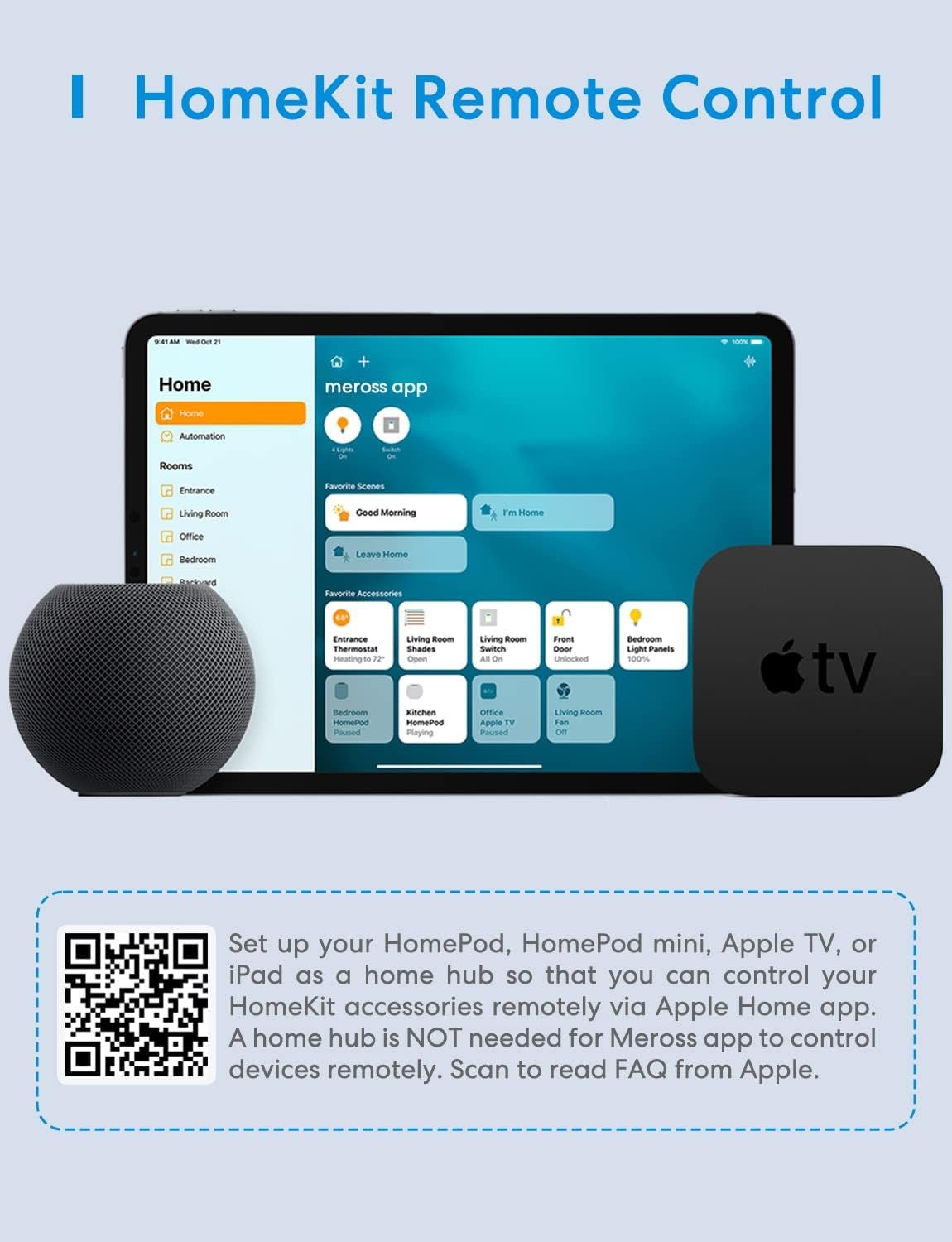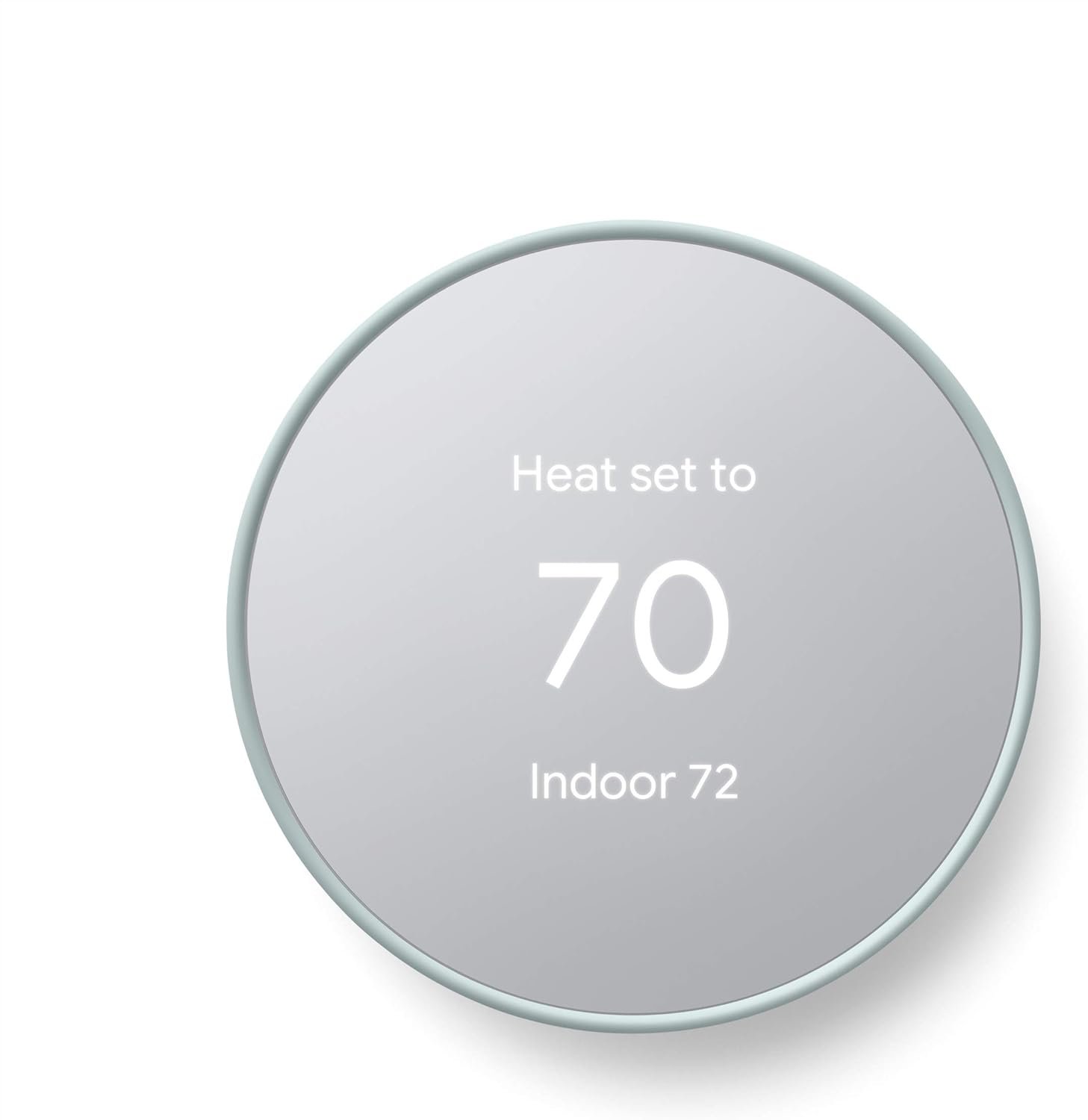Have you ever wondered if embracing smart home technology could transform your living space into a hub of convenience and efficiency? As the world of technology continues to evolve, smart home devices are becoming more prevalent—and for good reason. They promise a more connected, streamlined, and enjoyable living environment, catering to both functionality and the future.
What Are Smart Home Devices?
Smart home devices are gadgets and systems connected through the internet, designed to automate and enhance various functions within your home. From controlling lighting and climate to enhancing security and entertainment, these devices use technology such as sensors, apps, and voice-controlled assistants to make life easier and more efficient.
For homeowners eager to upgrade, renters establishing non-permanent solutions, or tech enthusiasts looking to integrate innovation into their lives, smart home technology offers an alluring proposition. Yet, with the wide array of devices available, it’s crucial to weigh both pros and cons carefully.
The Pros of Smart Home Devices
Convenience and Efficiency
One major advantage of smart home devices is the convenience they offer. Imagine controlling your home’s lights, thermostat, and security system with a simple voice command or a tap on your smartphone. With smart technology, you streamline household tasks and elevate your quality of life. You can focus on more important matters while your smart home takes care of routine functions.
Enhanced Security
Smart home devices also boost your home’s security. Video doorbells, smart locks, and security cameras allow you to monitor your property in real-time, deterring potential intruders and granting peace of mind. Many systems offer alerts and notifications, keeping you informed of any unusual activity when you’re not home.
Energy Efficiency
If sustainability is a priority, smart homes shine in promoting energy efficiency. Smart thermostats, for example, learn your schedule and preferences, optimizing heating and cooling while cutting energy bills. Smart lighting systems can automatically adjust based on time of day or room occupancy, saving electricity and reducing environmental impact.
Customization and Personalization
Smart devices cater to personalized experiences. Whether adjusting ambient lighting for movie nights or setting a seamless morning routine, you can tailor your environment to suit your unique preferences and lifestyle.
Increased Property Value
For homeowners and real estate investors, smart home technology can increase property appeal and value. As demand rises for tech-savvy homes, incorporating such devices might offer an advantageous return on investment when the time comes to sell.

The Cons of Smart Home Devices
High Initial Costs
While the long-term savings on utilities and improved property value are enticing, the initial costs of smart home devices can be steep. Investing in high-quality systems may require a substantial upfront expenditure, leaving buyers to weigh whether the benefits outweigh the start-up costs.
Complexity and Compatibility
The variety of smart home products can be overwhelming. Different brands may not always seamlessly integrate, requiring careful consideration of compatibility. Setting up a multi-device ecosystem might demand more technical know-how than expected.
Security and Privacy Concerns
With technology, privacy and security vulnerabilities pose significant concerns. Smart home systems, if not safeguarded, can become targets for hacking and data breaches, potentially exposing personal information. It’s essential to use strong passwords, update systems regularly, and understand each device’s privacy settings.
Dependence on Reliable Internet Connection
For smart devices to function optimally, a stable internet connection is crucial. In areas with spotty internet service, devices might face disruptions, impacting their efficiency and effectiveness.
Rapid Technological Changes
The smart home industry is ever-evolving. As new innovations emerge, devices quickly become outdated, necessitating continuous upgrades. This rapid change requires an ongoing commitment to keep your home tech up-to-date.
Comparing Smart Home Solutions
To guide your selection process, let’s compare some widely used smart home devices across different categories:
| Category | Common Devices | Typical Cost Range |
|---|---|---|
| Climate Control | Smart Thermostats | $100 – $250 |
| Lighting | Smart Bulbs, Dimmers | $15 – $200 |
| Security Systems | Cameras, Smart Locks, Doorbells | $100 – $500 |
| Entertainment | Smart TVs, Speakers | $100 – $1,500 |
| Appliances | Smart Refrigerators, Ovens | $800 – $3,000 |
By understanding the specific needs and budget, you can choose devices that best fit your everyday life and long-term aspirations.

Setting Up Smart Home Devices
Setting up a smart home can be a rewarding project if you follow a structured approach. Here’s a simple guide to help you embark on your smart home journey:
Assess Your Needs
Begin by identifying which areas of your home could benefit the most from automation. Are you seeking improved security, energy management, or entertainment options? Defining your primary goals will streamline your decision-making process.
Choose Compatible Devices
Opt for devices that are compatible with each other and with popular smart home platforms, like Amazon Alexa, Google Assistant, or Apple HomeKit. This ensures smooth integration and control across different gadgets.
Install devices methodically
Installing might require some DIY effort, especially for lighting or security. Devices typically come with user manuals that outline the basic steps. Start with simple setups and gradually move toward more complex installations.
Secure Your Network
Protect your home network with robust cybersecurity measures. Rename your Wi-Fi network, use strong, unique passwords, regularly update device software, and consider setting up a guest network for visitors.
Customize and Connect
Take advantage of customization settings to tailor your ecosystem. Set up routines and schedules to automate daily tasks, maximizing both convenience and utility.
Security and Privacy Best Practices
With security being a predominant concern, implementing best practices ensures both your home’s safety and your peace of mind.
Regular Updates
Manufacturers release updates to patch vulnerabilities and improve functionality. Regularly check for firmware updates to keep your systems secure.
Password Management
Avoid using default passwords and instead create strong, unique passwords for each device. Consider using a password manager for organization and security.
Network Security
Invest in a secure router, turn on encryption, and maintain a separate network for smart devices. This segmentation can help limit unauthorized access.
Remote Access and Monitoring
Limit remote access to necessary devices and use virtual private networks (VPNs) to keep your data hidden when using public Wi-Fi.
Future-Proofing Your Smart Home
As smart home technology advances, the potential for enhanced functionality and convenience grows. Here are some trends to watch:
Voice and Gesture Control
Future smart homes may see deeper integration of voice and even gesture-based command systems, elevating the ease with which you interact with devices.
AI and Machine Learning
As artificial intelligence (AI) becomes smarter, it will increasingly predict your habits and preferences, tailoring your environment even more precisely.
Enhanced Interconnectivity
Manufacturers are striving towards universal compatibility, promising ecosystems where devices from different brands work harmoniously.
Smart Energy Systems
Look for innovations in energy management that go beyond current offerings, like grid-interactive, demand-responsive appliances that align usage with energy availability for even greater efficiency.
Is a Smart Home Right for You?
Investing in smart home technology is a personal decision, hinging on your unique needs, budget, and lifestyle preferences. As you assess the practicality and potential of these devices, consider your comfort with technology, willingness to invest in quality products, and commitment to maintaining and updating your system.
Are you prepared to embark on the smart home journey, harnessing technology’s power for a future adorned with convenience, security, and efficiency? With careful planning, the possibilities are vast, ushering in an era where your home isn’t just a dwelling, but a dynamic, interactive partner in your everyday life.




